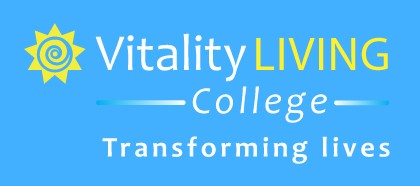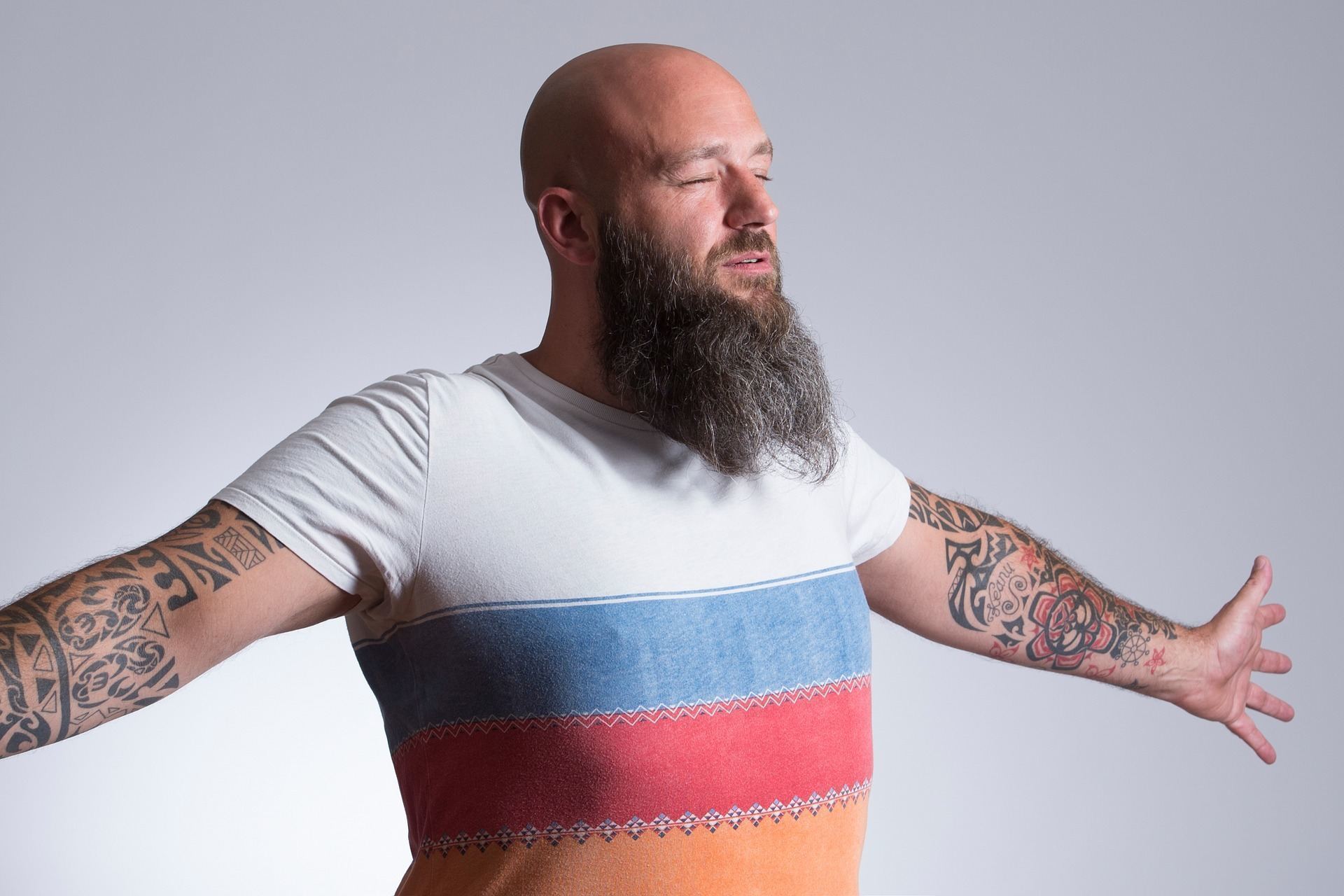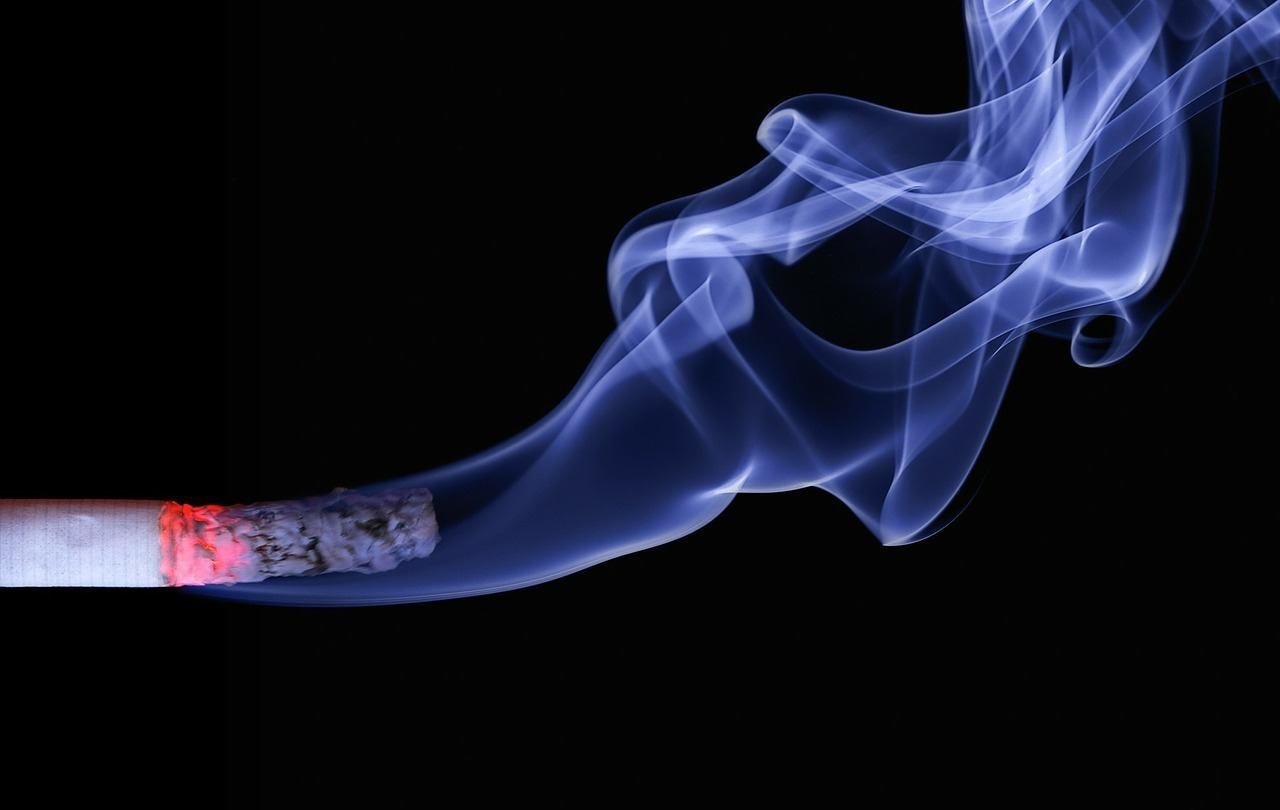Breast Cancer: The What, How, and What Now
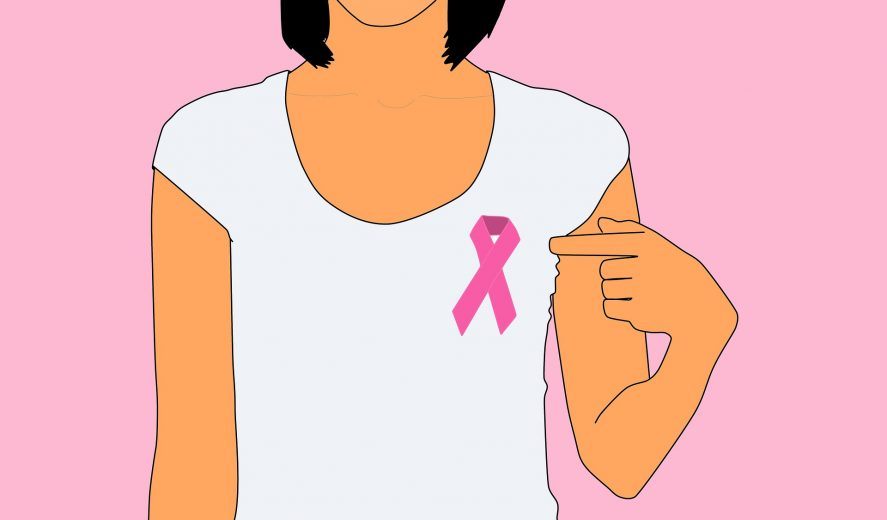
“You gain strength, courage, and confidence by every experience in which you really stop to look fear in the face.” Eleanor Roosevelt
Imagine waking up one morning to go to work. You go about your morning as usual – get out of bed, brush your teeth, get your bag ready, make sure that report you had to bring in today is up to date…but then you go for a shower and something doesn’t feel right.
You’re soaping your body, trying to quicken your pace so you aren’t late to the office, but you cannot seem to focus. One of your breasts feels unusually uneven. There is a protrusion on the side; you touch it and there is something most irregular about it. You hope for the best but fearing the worst, get a mammogram.
And that’s the day your life takes an unexpected turn.

Breast cancer is the second most common cancer of all and the most common amongst women.
1 in 8 women will be diagnosed with breast cancer in their lifetime.
I was involved in breast research when I worked for Unilever and was involved on a project to develop synthetic mothers milk. Later during my PhD, I was worked on the effects of a hormone drug and oxygen deprivation on causing breast cancer cells to die.
Not once when I was doing all this research did I think in my wildest dreams that I would one day be diagnosed with cancer myself. Because of my experience, I am passionate about raising awareness about cancer – what it is and what you can do.
What is Breast Cancer?
Breast cancer is a disease that develops when the cells in one’s breast grow without restraint. They usually form a lump-like structure, known as a tumour. This tumour may then invade and infect other organs in the body and spread the cancer. This is most common in women but a lesser-known fact is that men can get breast cancer too.
About 1.7 million new cases of breast cancer are detected every year and citizens of developed countries – such as the US, UK, and Australia – are more likely to be subject to this disease than those in developing nations (2).
How do you Treat Breast Cancer?
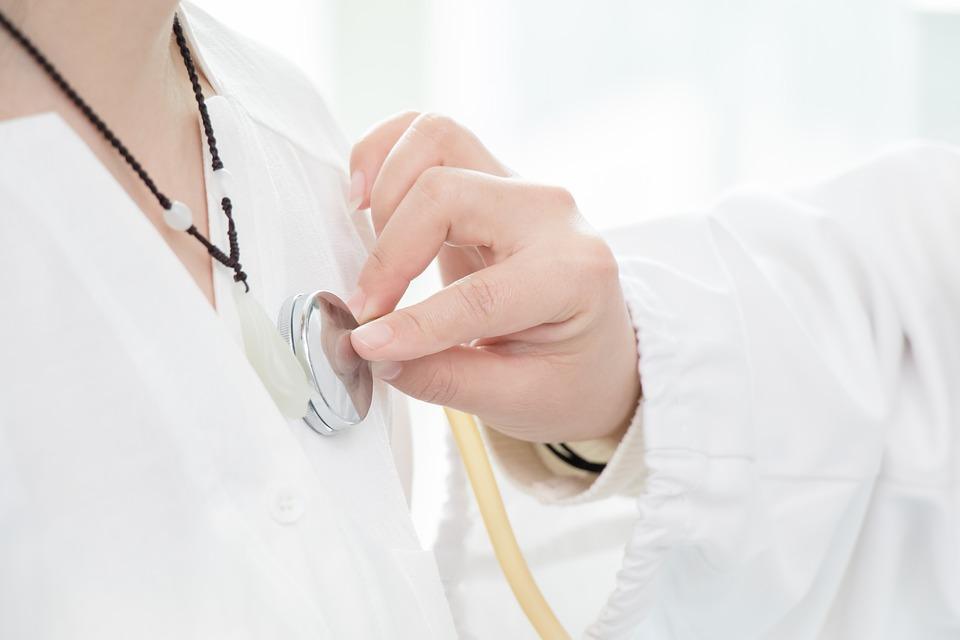
Treatment for breast cancer is decided based on the stage or intensity of the cancer. Stages vary from 1 to 3 (3). The most common options of treatment are:
- Surgery – ‘Breast Conserving Surgeries’ are performed to remove the lump of cancerous cells and prevent them from further multiplying. This process may call for the removal of a part of or the entire breast.
- Radiation – This is done to kill all remaining cancerous cells. This prevents the cancer from returning.
- Chemotherapy – No matter how small the tumour, certain hormonal conditions may require the patient to undergo further medication in the form of hormone balancers. The most extreme form of this is chemo.
What do I do After a Diagnosis?
It was only when I was diagnosed and having worked with others with cancer, that I painfully came face to face with the realisation that a patient of any illness needs emotional support.
After realising your circumstances, choose a method of emotional support that will work best for you – be it talk therapy, counselling, cognitive behavioural therapy (CBT), or even 4 of my favourite methods for emotional care:
- Emotional Freedom Techniques (EFT)
- The Journey Method
- Inner Child Matrix
- Neuro-linguistic Programming with Hypnosis
These are in order of ascending severity – the lower your stage, the less likely you are to need the next treatment on this list.
One of the articles I read during my research that struck me was by Harvard Medical School’s Judah Folkman (4). The paper posited that the surgical removal of the tumour from the body might signal to the original cancer cells to replicate, multiply, and further spread the cancer. Thus, there is some debate in medicine as to whether or not surgery causes the spreading of cancer in the first place.
Some patients opt for alternative therapy. They prefer to go down a natural route, combining emotional therapy with raw juices and an alkalising diet.
One of the alternate therapy methods The Journey, the brainchild of author Brandon Bays. She developed this tool to heal herself from a football-sized tumour. Thus, it is proven to help in clearing the clutter and releasing past negativity linked to the cancer. The process allows repressed emotions to be freed and culminates in a deeply healing forgiveness, which according to the research is a key part of lowering the risk of developing cancer (5).
Some patients opt for nothing at all. I had a client who was diagnosed with multiple myeloma. She decided that she wanted emotional therapy to make peace with the past and not pursue medical treatment for her cancer.
At the end of the day, the choice is yours. Take multiple opinions, but in the end, choose what you think will make you happiest in the long run.
The emotional support you’ll need will be crucial in every phase of this ordeal:
1. Upon Diagnosis
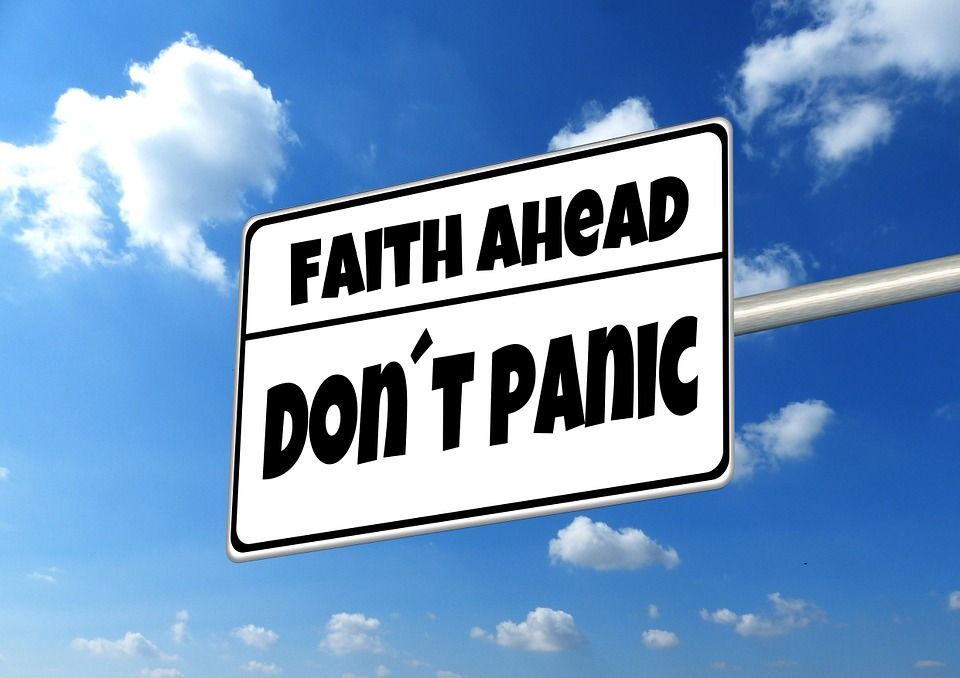
When you first realise your situation, you may be hit by the initial shock, disbelief, and even anger. Thoughts like “Why me?” may plague your mind.
What is important to remember is that it is natural to feel this way as an emotional response. According to Dr Robert Scaer, your emotional reaction needs an outlet to unfreeze (6).
This is where Inner Child Matrix comes in. This method is best suited to release the shock and numbed out feelings that the past you felt upon being diagnosed.
2. Deciding Treatment

It can be very confusing to know what to do and which course of action to take. Recently a close relative of mine was diagnosed with a basketball-sized tumour in her uterus. She could either opt for invasive surgery, minimally invasive surgery, or alternative therapy.
Different doctors had differing opinions and the conflicting perspectives were confusing.
This is where support comes in.
Emotional therapy can be helpful to clear the clutter of the mind and the doubts and insecurity of not knowing which will be the best route to pick.
In the end, my relative opted for the treatment that she felt to be right in her heart. She put aside the doctors’ opposing perspectives and went in the direction towards which she was being guided from the inside.
3. Doubting Decisions
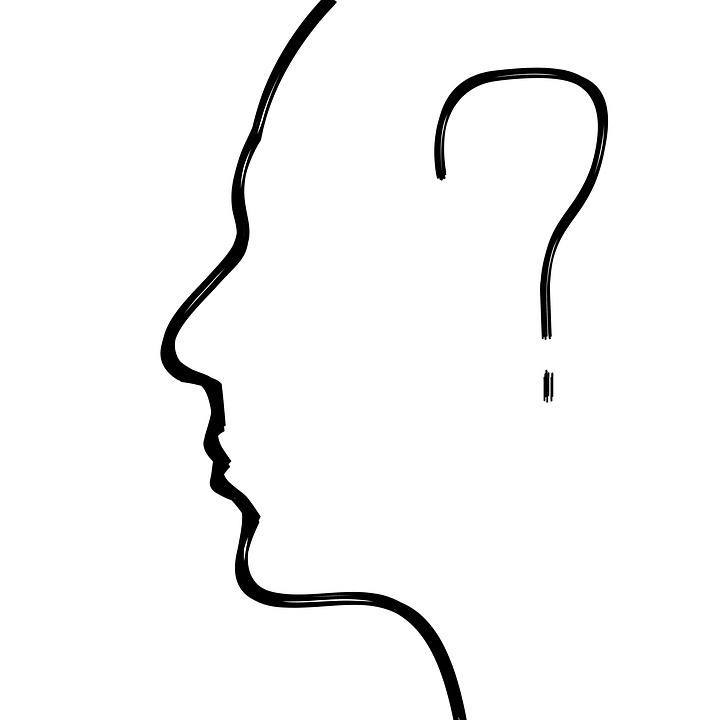
No matter the course of treatment decided, it is natural for doubts and concerns to arise. “Have I made the right decision?” “What will happen if it does not work?” At this stage, you need to feel reassured and keep the body and mind calm and relaxed. Any stress will only release hormones that worsen cancer.
The optimal state for healing the body is one that is calm with a positive outlook.
Relaxation techniques such as hypnosis and meditation can be reassuring and calming. I used to put on a relaxation CD every night lulling me into sleep with positive affirmations based on what I teach during Neuro-Linguistic Programming (NLP) training. For example: “With every breath I take, I am becoming healthier and healthier.”
I used to visualise a healing light in every cell in my body taking out the toxicity and replacing it with healthy, vibrating cells. Below is the healing sand meditation that I share during The Journey Seminars.
4. During Treatment
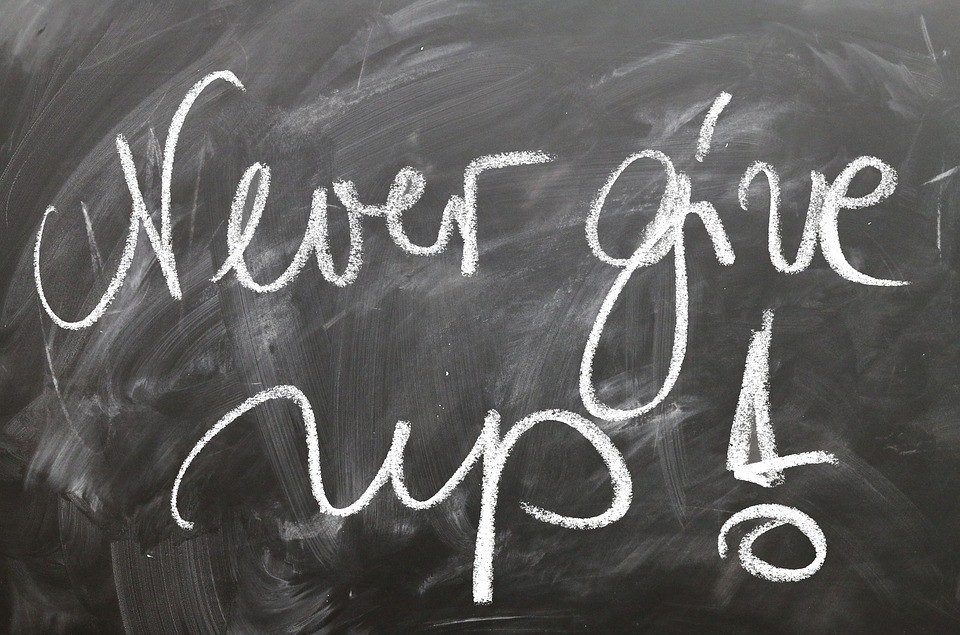
Once the decision is made, it’s about going through your regular life in a functional manner.
EFT is a great emotional therapy, that can be learned during a 3-day seminar, to use on a daily basis. For more serious issues, it can be self-applied 3-5 times a day. For those new to EFT, download a free booklet.
Recommended statements to say when Tapping include:
“Even though I am scared, I deeply and completely love and accept myself.”
“Even though I feel uncertain about the future, suppose somehow I could feel certain now.”
“Even though I feel apprehensive about the treatment and unsure whether it will work, I am open to the possibility of my body healing now.”
5. After Treatment

Once the treatment has concluded, you must focus on your emotions through waiting for the results and accepting any consequences of the treatment.
If surgery is the chosen route, bring yourself to come to terms with the aftermath of a breast, breast tissue, or lymph node being removed.
If radiation/chemotherapy was carried out, come to terms with loosing hair and working to bolster a weakened immune system.
6. Living with the Outcome
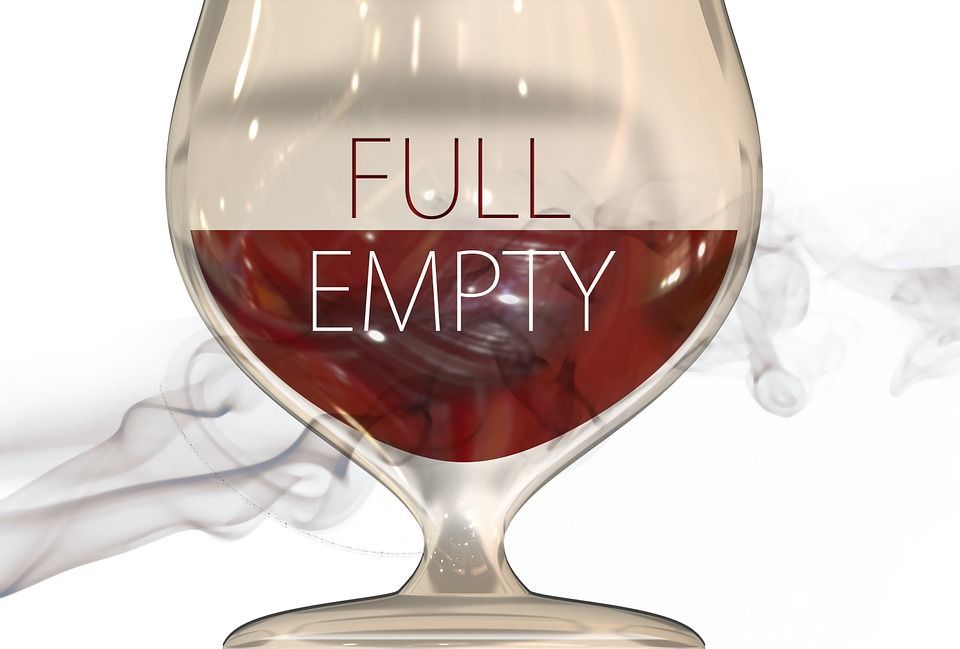
Any course of treatment will have an impact on your life and lifestyle. Changes in your daily routine and manner of living will be necessary. During this phase, you must come to terms with what happened. At this stage, emotional therapy is useful as a means of accepting and rebuilding your life.
7. Rebuilding Your Life
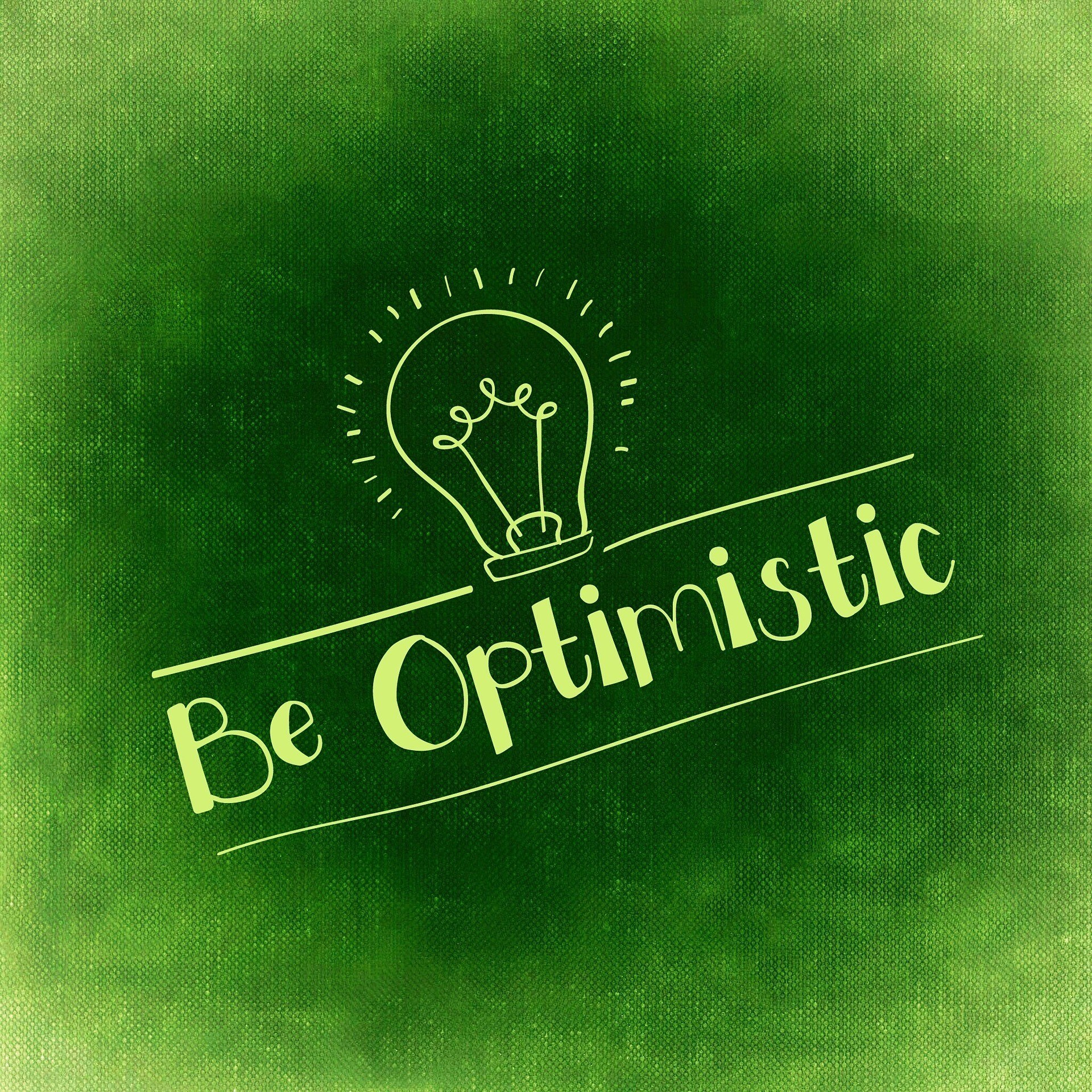
This final stage involves taking stock of the past and deciding what you really want for yourself. Any diagnosis or unexpected change in life acts as a wake-up call. While devastating, it is also a springboard to review life. It’s a good time to review where you are and what you want, using the wheel of life tool.
For this final stage, I find Breakthrough Coaching a great system to clear up any remaining emotional residue and to put a life plan together for you.
Dealing with breast cancer doesn’t have to be an emotionally debilitating experience. As long as you engage in constant emotional cleansing and have the right tools to emotionally support yourself, going through cancer can be a challenging but not impossible ordeal.
As long as you engage in constant emotional cleansing and have the right tools to emotionally support yourself, going through cancer can be a challenging but not impossible ordeal.
It is better not to let your circumstance dictate your emotional stability!
Take your happiness into your own hands, and give yourself the courage that you deserve to make it to the light at the end of this tunnel.
Love
Rangana
Suppressed emotions increased the risk of cancer by 70% and heart disease by 47%
"A study in the US by experts at Harvard School of Public Health and the University of Rochester shows that the risk of premature death from all causes increases by about 35 per cent among those who fail to say how they feel. But when the researchers looked at specific causes of death they discovered that the risks increased by 47 per cent for heart disease and 70 per cent for cancer" (1).
In summary, Once emotions take their hold over you it can feel overwhelming and suppressing them might seem like an easier option. Yet not allowing our emotions to be expressed can be detrimental to health.
References:
- Cancer Facts and Figures – http://www.wcrf.org/int/cancer-facts-figures/data-specific-cancers/breast-cancer-statistics
- Breast Cancer Statistics https://ww5.komen.org/BreastCancer/Statistics.html
- Treatment of Breast Cancer By Stage https://www.cancer.org/cancer/breast-cancer/treatment/treatment-of-breast-cancer-by-stage/treatment-of-breast-cancer-stages-i-iii.html
- A Pioneer Study of Angiogenesis, Judah Folkman, https://www.ncbi.nlm.nih.gov/pmc/articles/PMC2268723/
- The Deadly Consequence of Unforgiveness http://www1.cbn.com/cbnnews/healthscience/2015/June/The-Deadly-Consequences-of-Unforgiveness
- The Body Bears the Burden: Trauma, Dissociation, and Disease, Dr Robert Scaer.
Learn Emotional Freedom Techniques for self healing or to become professionally qualified - More
Our other seminars:
For the full calendar of events.
